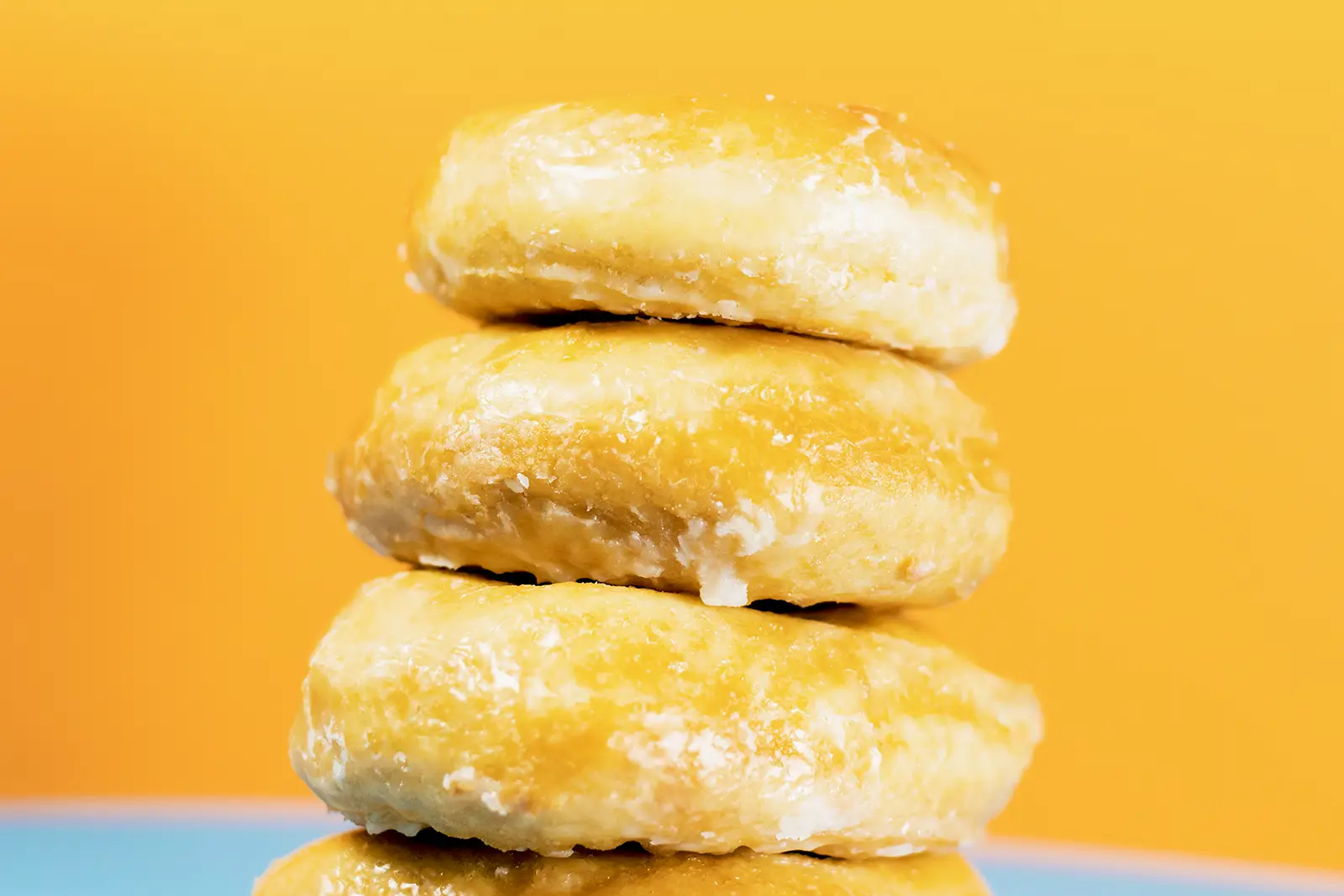Ultra-processed foods (UPFs) are food products that have undergone extensive processing, typically contain preservatives, and contain high levels of refined carbohydrates, saturated fats and salt, while lacking in essential nutrients such as fibers and beneficial micronutrients. Numerous observational studies have shown associations between the consumption of UPFs and an increased risk of obesity, and obesity-related health problems such as type 2 diabetes, cardiovascular diseases, cancers, and all-cause mortality. Despite these associations, the mechanisms by which UPFs contribute to weight gain are not fully understood. One important difference between UPFs and traditional food is the reduced chewing frequency. Previous meta-analyses have shown the effect of an increased number of chews in reducing food intake. Other studies have further shown a significant negative association between chewing frequency and body weight. However, to date, no studies have examined the effect of consumption of UPFs on chewing frequency.
Therefore, in this article, we will look at randomized crossover study on the effects of UPFs vs non-UPFs on body weight, energy intake, metabolism and chewing frequency in overweight and obese males.
Overview
- What did they test? The authors conducted a randomized crossover study that examined the effects of UPFs vs non-UPFs on body weight, energy intake, metabolism and chewing frequency in overweight and obese males.
- What did they find? Nine participants completed the study. Participants gained significantly more weight and consumed a significantly higher number of calories during the UPF period. The eating rate increased significantly, and the chewing frequency decreased significantly, during the UPF period.
- What does it mean for you? Overweight and/or obese males looking to lose weight may wish to reduce UPF and include more non-UPF foods into their diet, i.e. fruit, vegetables, and whole grains.
What’s the problem?
Purpose
Ultra-processed foods (UPFs) are often marketed for convenience, but their impact on health is a growing concern and their consumption has been steadily increasing worldwide 1.
One important difference between UPFs and traditional food is the reduced chewing frequency; unprocessed foods typically contain high amounts of fiber, which requires chewing and thus, they are eaten relatively slowly 2. Previous meta-analyses have shown the effect of an increased number of chews in reducing food intake 3. Other studies have further shown a significant negative association between chewing frequency and body weight 4. However, to date, no studies have examined the effect of consumption of UPFs on chewing frequency. Thus, there is a need to examine the effects of UPFs vs non-UPFs on body weight, energy intake, metabolism and chewing frequency.
Hypothesis
The authors did not provide any formal hypotheses in the study.
What Did They Test and How?
Participants
Nine participants were eligible for and completed this study. Eligible participants were Japanese males aged 18-39 years with a body mass index (BMI) of 25 kg/m2 or higher who were weight-stable (less than ±5% over the previous six months).
Baseline characteristics of the participants are shown in Table 1. The average age was 29.7 years and average BMI was 27.4kg/m2.
The following participants were excluded: those who regularly visit hospitals or were on routine medication(s) for any reason(s), and those with diabetes, hypertension, eating disorders or other psychiatric conditions, such as depression and bipolar disorder. Those with food allergies and/or adhered to particular diets (e.g. vegetarian, pescatarian) were also excluded.







